A comprehensive thread about the PLA reforms of 2016.
🔴How the CPC centralized control of the military and streamlined the chain of command.
🔴What old problems that existed and fixed.
🔴How susceptible was China to a coup before the 2016 reform?
🧵
🔴How the CPC centralized control of the military and streamlined the chain of command.
🔴What old problems that existed and fixed.
🔴How susceptible was China to a coup before the 2016 reform?
🧵
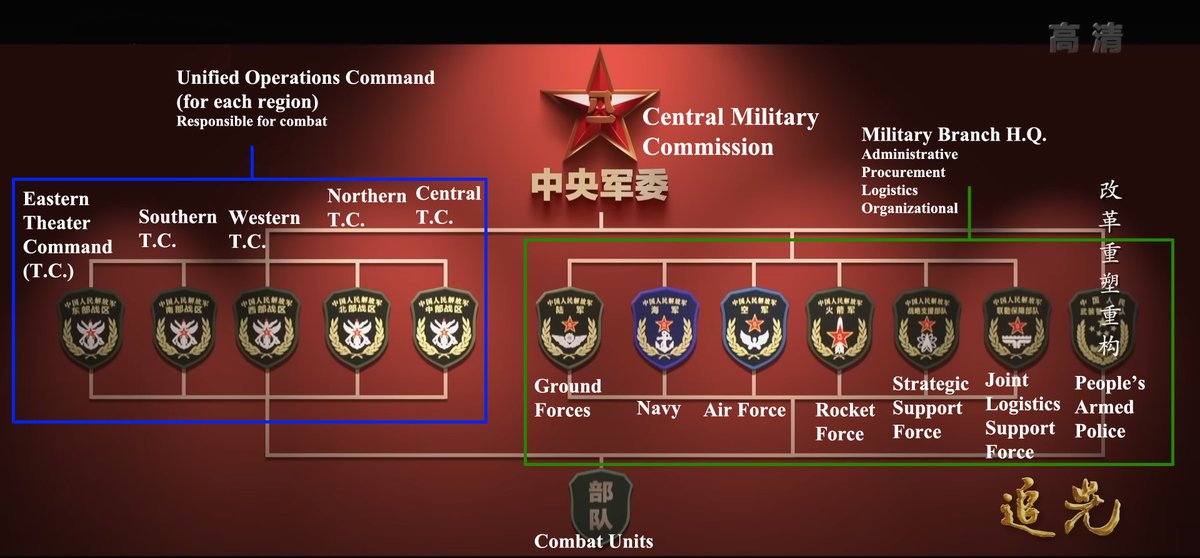
pre-2016 the organizational structure of the PLA revolved around 4 departments
🔹General Staff Department
🔹General Political Department
🔹General Logistics Department
🔹General Armaments Department
For lack of a better word, the departments are like independent feudal kingdoms
🔹General Staff Department
🔹General Political Department
🔹General Logistics Department
🔹General Armaments Department
For lack of a better word, the departments are like independent feudal kingdoms
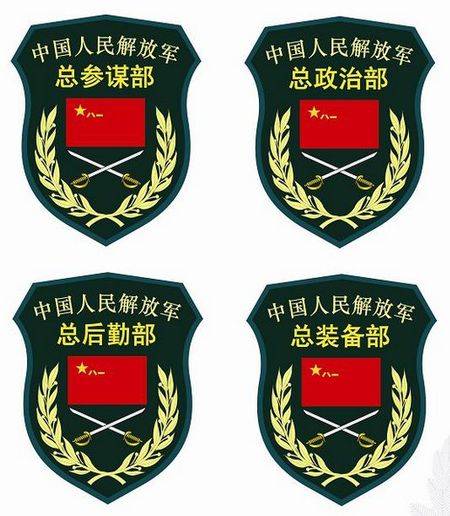
A worrying sign developed during President Hu's era 2002-2012
Back then, there was a habit of these 4 General Departments to draft their own documents and personnel changes
While sending the finalized version of the documents to the Central Military Commission (CMC) of the CPC
Back then, there was a habit of these 4 General Departments to draft their own documents and personnel changes
While sending the finalized version of the documents to the Central Military Commission (CMC) of the CPC
This was problematic because the CMC was supposed to be the supreme military body in China.
With the powerful Departments, the CMC was turned into a rubberstamp organization.
This breeds corruption.
Like these 2 corrupt traitor generals who at the time ranked above Xi Jinping
With the powerful Departments, the CMC was turned into a rubberstamp organization.
This breeds corruption.
Like these 2 corrupt traitor generals who at the time ranked above Xi Jinping
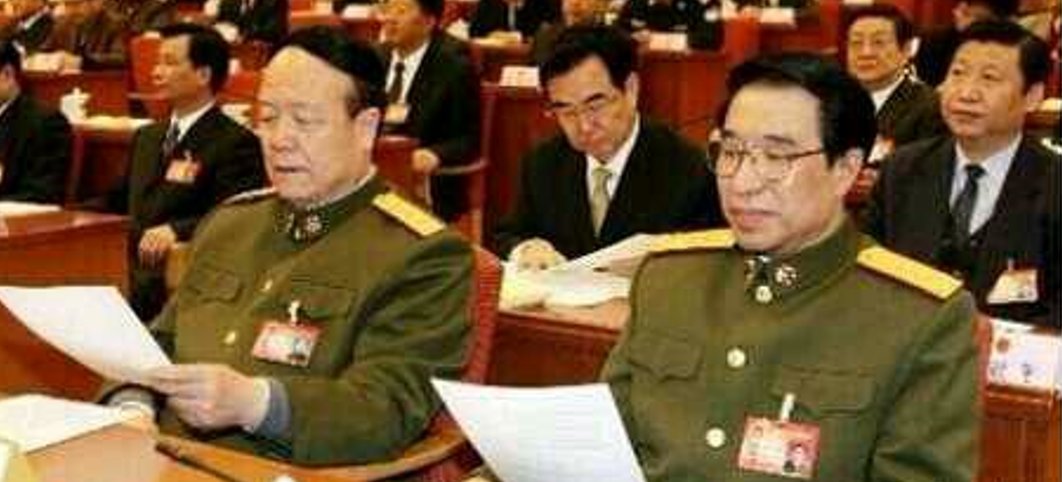
The 2016 reform abolished the 4 General departments, and established 15 subsidiary organs under the direct command of the CMC.
Green Box in graph below⬇️
It delegated responsibilities to more numerous but more refined smaller departments.
Centralizing control under the CMC.
Green Box in graph below⬇️
It delegated responsibilities to more numerous but more refined smaller departments.
Centralizing control under the CMC.
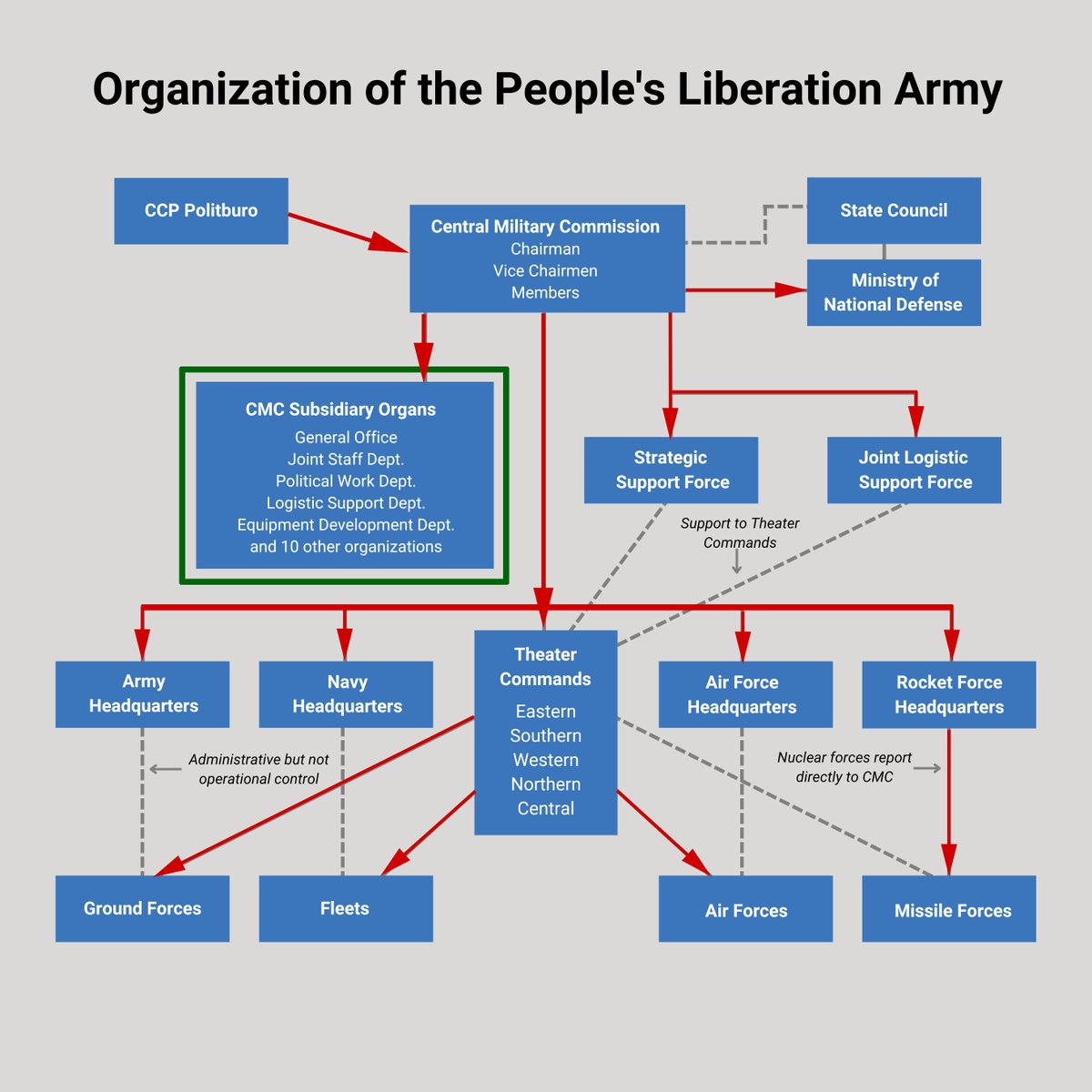
ANOTHER PROBLEM👀
Created by the old system were Factionalism
Where the officer corps tends to be more loyal to their respective Military Regions, rather than the central government.
Created by the old system were Factionalism
Where the officer corps tends to be more loyal to their respective Military Regions, rather than the central government.
This problem was exacerbated by the 7 powerful Military Regions (M.R.)
Each M.R. is like their own little Kingdom, they are responsible for administration, organization, procurement, personnel
AND combat command.
All of which can bypass the CMC, again making it a rubberstamp.
Each M.R. is like their own little Kingdom, they are responsible for administration, organization, procurement, personnel
AND combat command.
All of which can bypass the CMC, again making it a rubberstamp.
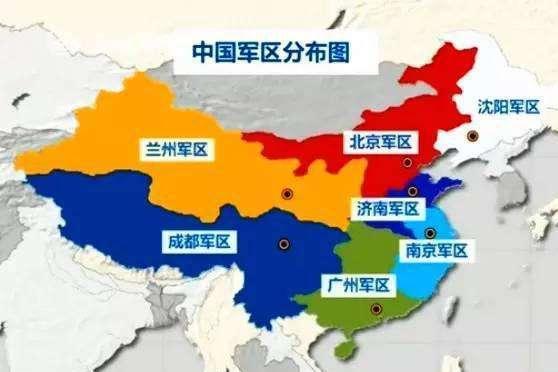
The 2016 reforms abolished the 7 Military Regions and established the 5 Theater Commands (TC)
Each TC is ONLY responsible for combat operations.
Each TC is ONLY responsible for combat operations.
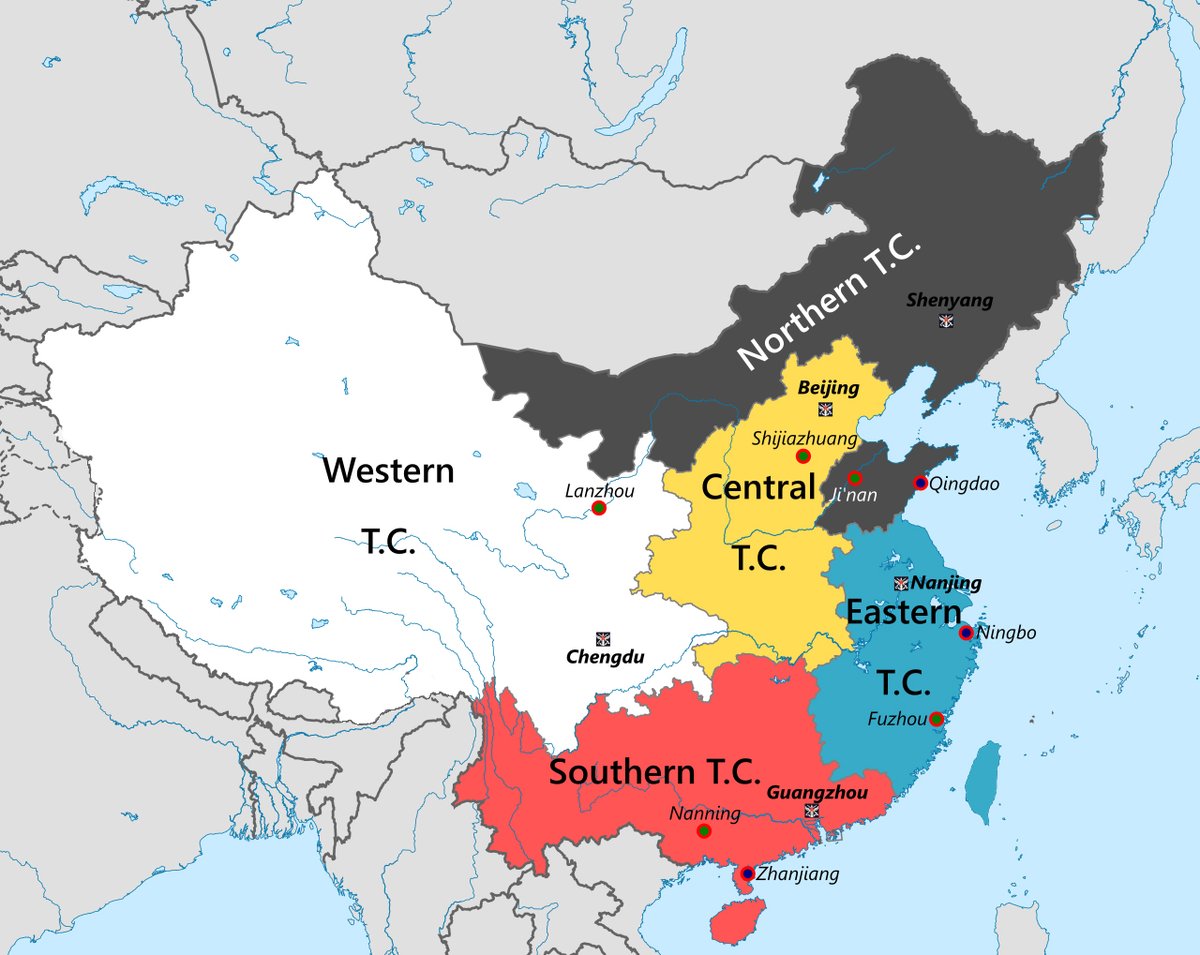
While Administrative, Procurement, Logistics and Organizational functions were delegated to the individual military branch H.Q (Army, Navy, Air Force etc.)
This means the Theater Commands are only responsible for operations command (plan and fight wars)
This means the Theater Commands are only responsible for operations command (plan and fight wars)
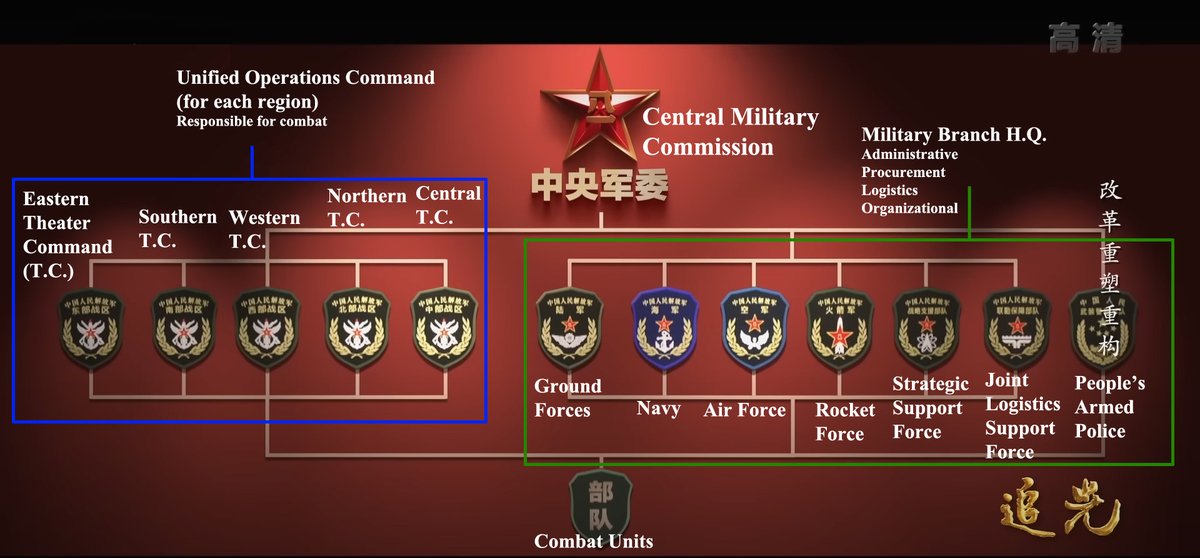
Each Theater Commands can deploy Army, Naval and Air Forces units within their area of responsibility.
The 4 TC are then joined together by the:
Joint Staff Department of the Central Military Commission.
The 4 TC are then joined together by the:
Joint Staff Department of the Central Military Commission.
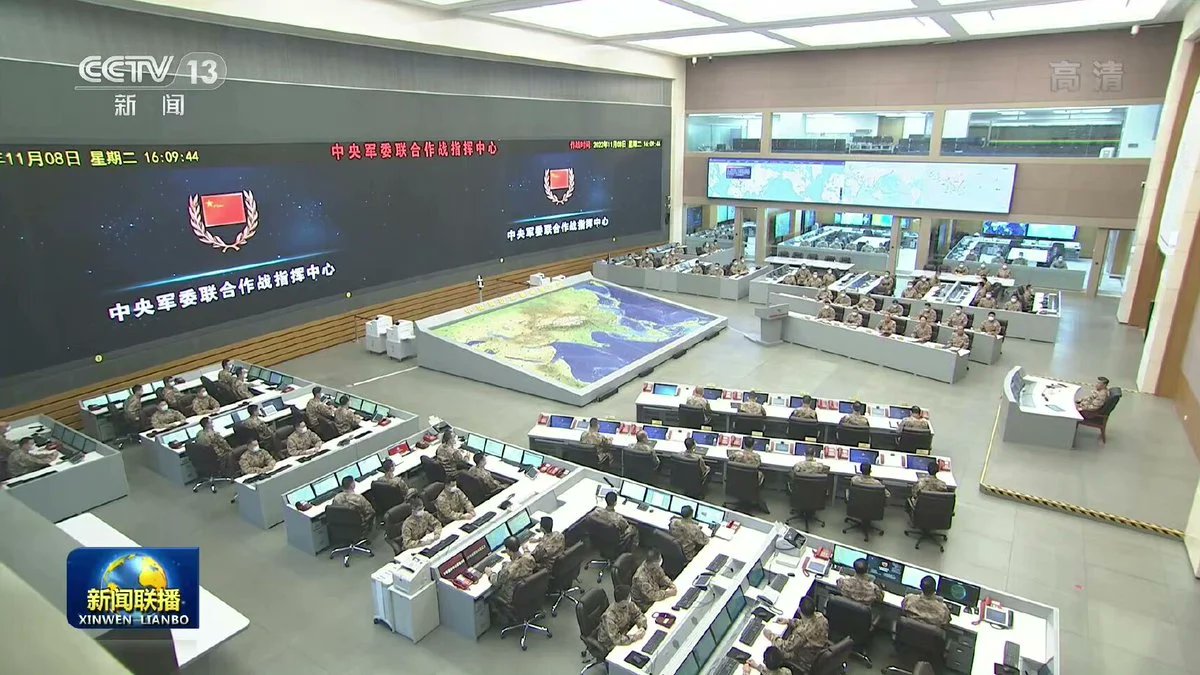
This reform splits the power of the Military Regions
While consolidating and delegating responsibilities to more fine-tuned departments and Theater Commands
Which made the PLA both more efficient AND more efficiently controlled by the Communist Party of China
While consolidating and delegating responsibilities to more fine-tuned departments and Theater Commands
Which made the PLA both more efficient AND more efficiently controlled by the Communist Party of China
So before the 2016 reform, the PLA did have the potential to conduct a coup.
Unlikely, but the convoluted chain of commands made some people question where their loyalties lie.
I actually wrote more details about the technical aspects of the reform.
Unlikely, but the convoluted chain of commands made some people question where their loyalties lie.
I actually wrote more details about the technical aspects of the reform.
How it affected lower echelon units, and a frustrating problems exposed during the Battle of Paracel Islands
But I'll save that for another day
My long threads don't always get the most engagements
So if you want to hear more, make sure to like and retweet🥰
But I'll save that for another day
My long threads don't always get the most engagements
So if you want to hear more, make sure to like and retweet🥰
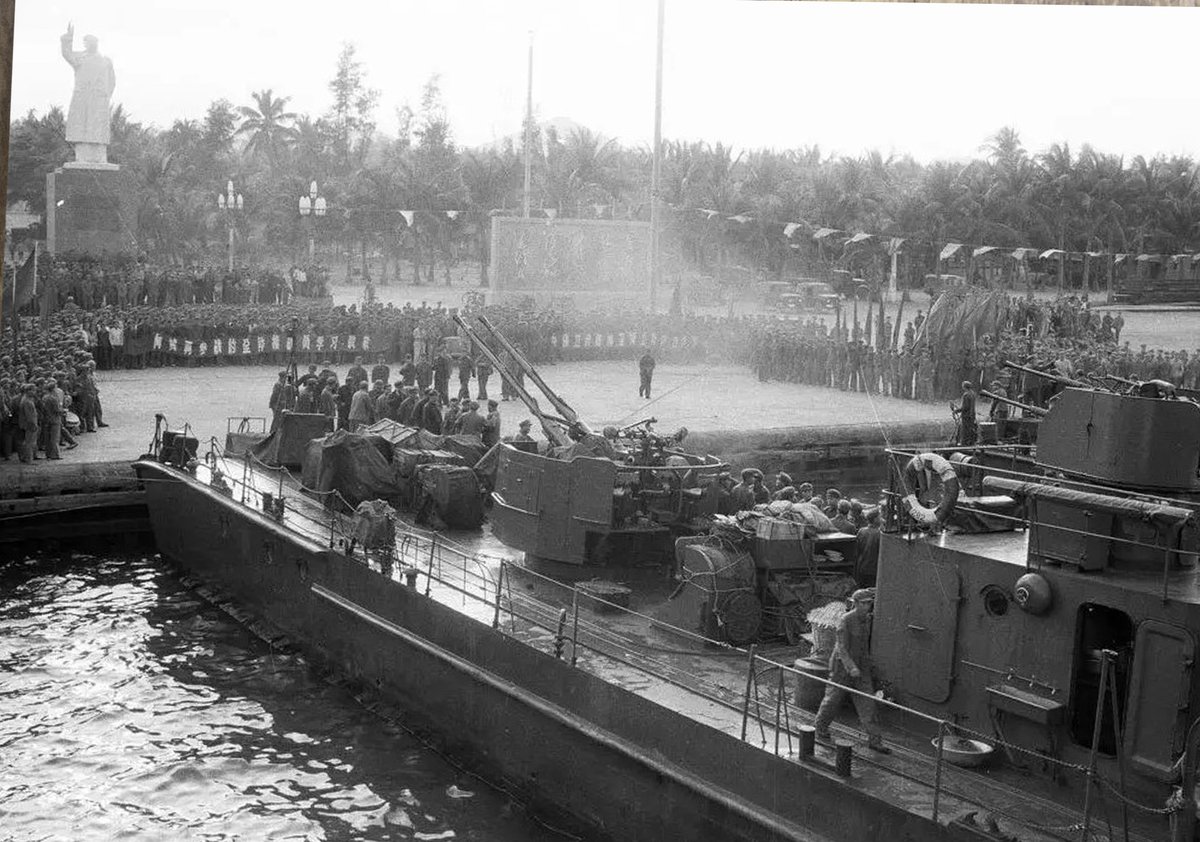
• • •
Missing some Tweet in this thread? You can try to
force a refresh























